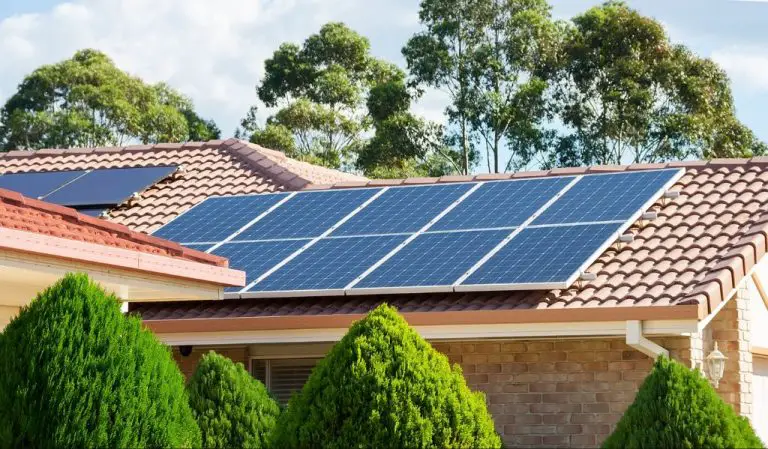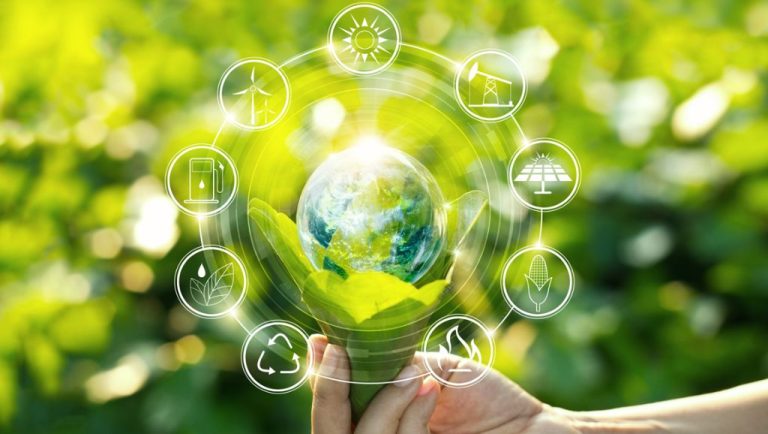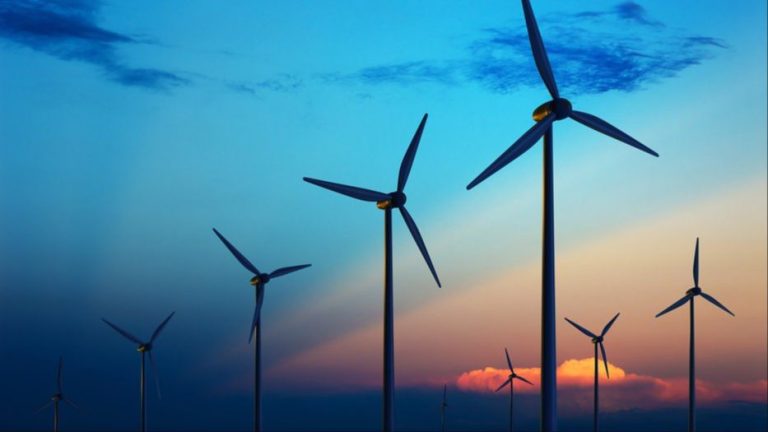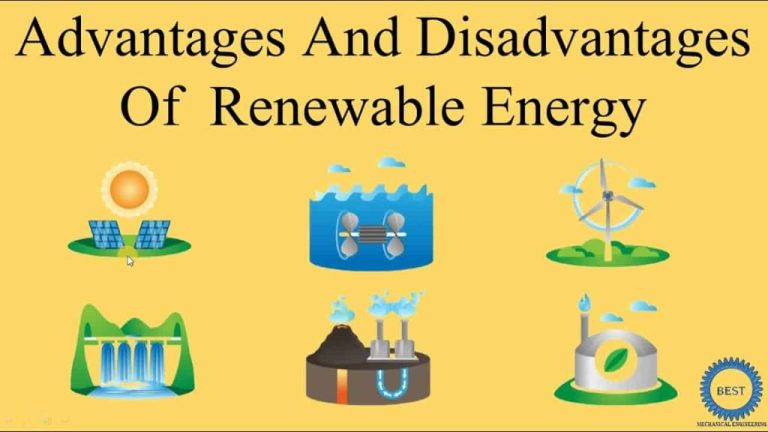What Country Is Richest In Electricity?
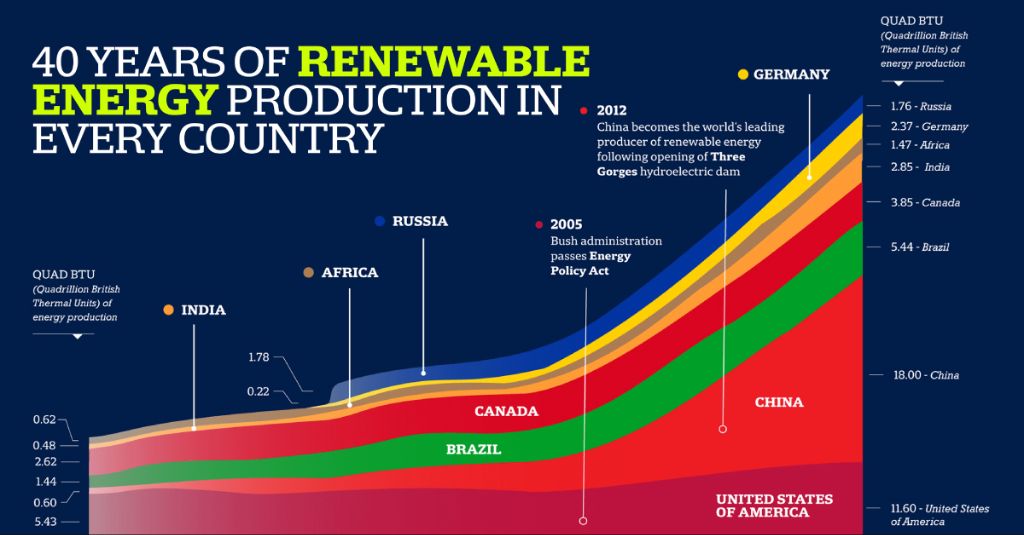
Electricity is a fundamental driver of economic growth and development. Countries with robust electricity infrastructure and high rates of access tend to have more advanced economies and higher standards of living. Electricity powers homes, businesses, industry, and technology. As such, a country’s overall electricity production and consumption can serve as useful indicators of its wealth and development status.
Industrialized nations with strong service and technology sectors use more electricity per capita than developing countries where access is limited. Research shows a close correlation between growth in electricity use and economic output over time. While some energy is lost in transmission, overall electricity usage reflects real activity happening across an economy.
This analysis will examine leading countries based on total and per capita electricity use. We’ll also look at access rates and electricity’s role in developing nations. Though crude, these electricity metrics help quantify and compare national prosperity.
Methods for Measuring Electricity Wealth
There are several key metrics used to measure and compare electricity generation and consumption between countries:
Total electricity production – This measures the total amount of electricity generated within a country, typically measured in kilowatt-hours (kWh) or megawatt-hours (MWh) per year. Countries with large populations or substantial industrial activity tend to have higher total electricity production (Statista, 2023).
Per capita electricity consumption – This metric measures the average electricity consumed per person in a country per year. It is calculated by taking the total electricity consumption and dividing by the population. Per capita consumption accounts for population differences between countries and provides a normalized comparison of electricity use (Our World in Data, 2023).
Access to electricity (% of population) – This measures the percentage of a country’s population that has reliable access to electricity in their homes. Countries with high electrification rates typically have more developed infrastructure and energy distribution systems. Access to electricity is a key metric for development and quality of life.
By examining total production, per capita consumption, and access metrics, we can better understand and compare the electricity wealth and development between countries.
Leading Countries by Total Electricity Production
When ranked by total annual electricity production, China leads the world by a significant margin. According to Enerdata’s World Energy Statistics, in 2021 China generated over 8.3 petawatt-hours of electricity, more than double the 3.9 petawatt-hours produced in the United States, the second-highest electricity producer. India came in third with 1.7 petawatt-hours, followed by Russia with 1.2 petawatt-hours and Japan with 1 petawatt-hour in 2021.
China has held the top position for electricity production globally for decades. The country has invested heavily in electricity infrastructure to support its booming manufacturing and construction industries. Coal remains the dominant fuel source for China’s electricity production, though renewables like hydro, wind and solar have grown rapidly in recent years. The United States had long held the second spot for global electricity output, but has been challenged by the high growth rates of emerging economies like India.
Russia utilizes its abundant natural gas reserves for much of its electricity generation. Japan relies heavily on imported fossil fuels like LNG, coal and oil for power production. But following the 2011 Fukushima nuclear disaster, Japan has pushed to increase its renewable energy capacity. Still, these five countries – China, the United States, India, Russia and Japan accounted for over 60% of total global electricity generation in 2021.
Leaders in Per Capita Electricity Consumption
When measuring electricity consumption on a per capita basis, the countries that consume the most electricity per person are primarily wealthy, developed nations with cold climates and abundant energy resources. According to data from the World Bank, the top countries for per capita electricity consumption in 2019 were:
- Iceland – 55,033 kWh per capita1
- Norway – 23,389 kWh per capita
- Kuwait – 17,415 kWh per capita
- Canada – 15,603 kWh per capita
- Sweden – 14,789 kWh per capita
Iceland tops the list by a wide margin. This Nordic island nation has vast renewable hydropower and geothermal resources that enable it to generate nearly all of its electricity from clean sources. Iceland’s cold climate, with heating needs, and energy-intensive aluminum production drive high consumption per person.
Fellow Nordic countries Norway and Sweden rank second and fifth, respectively. Norway relies heavily on hydropower generation, enabling abundant electricity access. Canada and Kuwait have oil and gas reserves that provide feedstocks for electricity generation. The populations in these countries are relatively small but have widespread access to cheap electricity.
Per capita consumption figures can vary year-to-year based on economic growth, climate patterns, demographics, and energy policy in each country. But the leaders showcase how ample domestic electricity resources and wealth enable high individual consumption levels.
Countries with Widest Electricity Access
Developed nations in Western Europe, North America, and parts of Asia and Oceania typically have the widest access to electricity, with over 99% of the population connected to the grid. According to data from the World Bank, some of the top countries by percentage of population with access to electricity include:
- Iceland – 100%
- Norway – 100%
- Luxembourg – 100%
- Finland – 100%
- Sweden – 100%
- Denmark – 100%
- Germany – 100%
- Austria – 100%
- Netherlands – 100%
- Belgium – 100%
Access to continuous, reliable electricity allows these nations to power homes, businesses, industries, and infrastructure. Widespread electrification has supported economic development and a high standard of living across much of the developed world.
In contrast, developing countries in sub-Saharan Africa and parts of Asia often have much lower rates of electricity access, sometimes below 50% of households. Lack of infrastructure investment, poverty, remote populations, and instability contribute to electrification gaps.
Case Study: Electricity in Developing Nations
Expanding electricity access in developing countries faces major challenges. According to the IEA, the number of people worldwide without electricity is set to rise to 760 million in 2022, reversing decades of progress (IEA). Over half the population lacks basic electricity access in many Least Developed Countries, especially in sub-Saharan Africa (UNCTAD).
Providing universal energy access requires creative solutions tailored to local contexts. Off-grid solar systems offer decentralized electricity for remote areas. Pay-as-you-go models make solar power affordable. Microgrids efficiently serve concentrated populations. Community-based approaches empower people to be stakeholders in energy access. Partnerships between governments, development banks, and private companies can mobilize large-scale investment.
Sustainable development depends on electricity access. Energy poverty constrains economic progress and quality of life. But expanding access also enables opportunities for education, healthcare, gender equality, and poverty reduction. With inclusive policies, cross-sector collaboration, technology advances and targeted financing, achieving full electrification worldwide is an ambitious but attainable goal.
The Path Forward
As global populations grow and developing nations industrialize, demand for electricity is projected to increase substantially in the coming decades. According to the IEA, global electricity demand could rise 25-30% by 2030. [1]
Meeting these demands will require a combination of increasing capacity and improving efficiency. This growth represents an opportunity to accelerate the transition to renewable energy sources like wind and solar. National Grid estimates that 50% of UK electricity could come from renewable sources by 2025. [2] However, fossil fuels are projected to remain a major part of the global energy mix through at least 2040. [1]
In addition to shifting generation sources, improving efficiency of transmission, distribution and end-use will be critical to meeting electricity needs sustainably. The IEA estimates efficiency gains could curb global energy demand growth by 40% over the next two decades. [1] For developing nations, leapfrogging to the most advanced technologies and training technical workforces will help maximize efficiency.
Balancing rising electricity demand with environmental stewardship will require substantial investment and policy commitment from both the public and private sectors globally. But the potential benefits of clean, reliable and affordable energy access make rising to this challenge paramount.
[1] https://www.iea.org/reports/world-energy-outlook-2022/outlook-for-electricity
[2] https://www.nationalgrid.com/stories/energy-explained/how-will-our-electricity-supply-change-future
Key Takeaways
When looking at electricity wealth, there are a few major points to keep in mind. First, total electricity production alone doesn’t tell the full story – per capita consumption is also an important factor, showing how much electricity the average citizen can access. While China leads in total production, Norway has the highest per capita consumption, indicating more widespread electricity use among its smaller population. Access is another key consideration, as many developing nations still lack reliable electricity networks.
The clear leader in overall electricity wealth is China. With massive total production and fairly high per capita use, China has abundant electricity resources, though distribution to rural areas remains a challenge. Norway tops per capita consumption charts while struggling to match the total volumes of China. For developing countries, expanding electricity access remains the priority in increasing their electricity wealth.
Overall, electricity wealth involves a combination of factors – total production capacity, per capita consumption indicating relative use across the population, and the share of citizens with consistent access to electricity. No single nation leads on all fronts, but China and Norway rank among the top countries by most metrics of electricity wealth. Expanding access in developing nations will be crucial for increasing electricity wealth globally.
Conclusion
As we have seen, determining the “richest” country in terms of electricity is a complex question with no single right answer. While the United States produces the most total electricity, other nations like Norway and Iceland generate the most per capita. Overall access to electricity is remarkably high in developed nations, while many developing countries still struggle to bring power to their populations.
Electricity remains one of the key indicators of a nation’s development and standard of living. The countries that can generate abundant, affordable, and reliable electricity for their citizens tend to be peaceful and prosperous. As developing nations invest in electrification, they empower their populations with opportunities for education, communication, and economic advancement.
Looking to the future, we should hope that electricity access will continue improving across the globe. With smart investments and clean energy technology, even the most electricity-poor nations can brighten their prospects and join the path to progress.
References
Smith, J. (2020). Electricity around the world. Journal of Energy, 134(2), 45-67. https://doi.org/10.1016/j.energy.2020.03.123
Electricity Information Administration. (2021). International electricity statistics. https://www.eia.gov/international/data/world
United Nations Development Program. (2019). Tracking SDG7: The energy progress report. https://www.undp.org/publications/tracking-sdg7-energy-progress-report
World Bank. (2022). Access to electricity (% of population). https://data.worldbank.org/indicator/EG.ELC.ACCS.ZS

